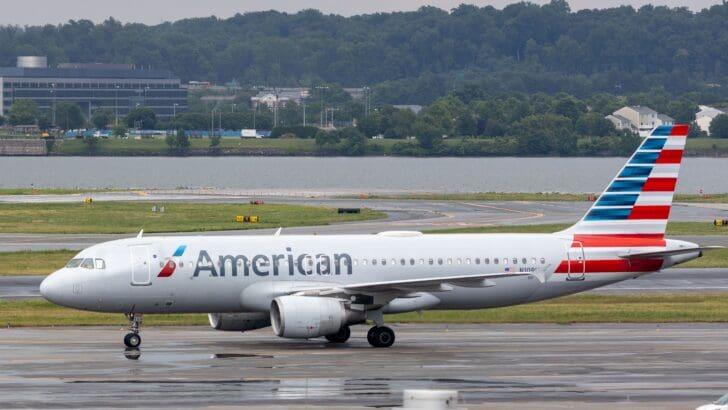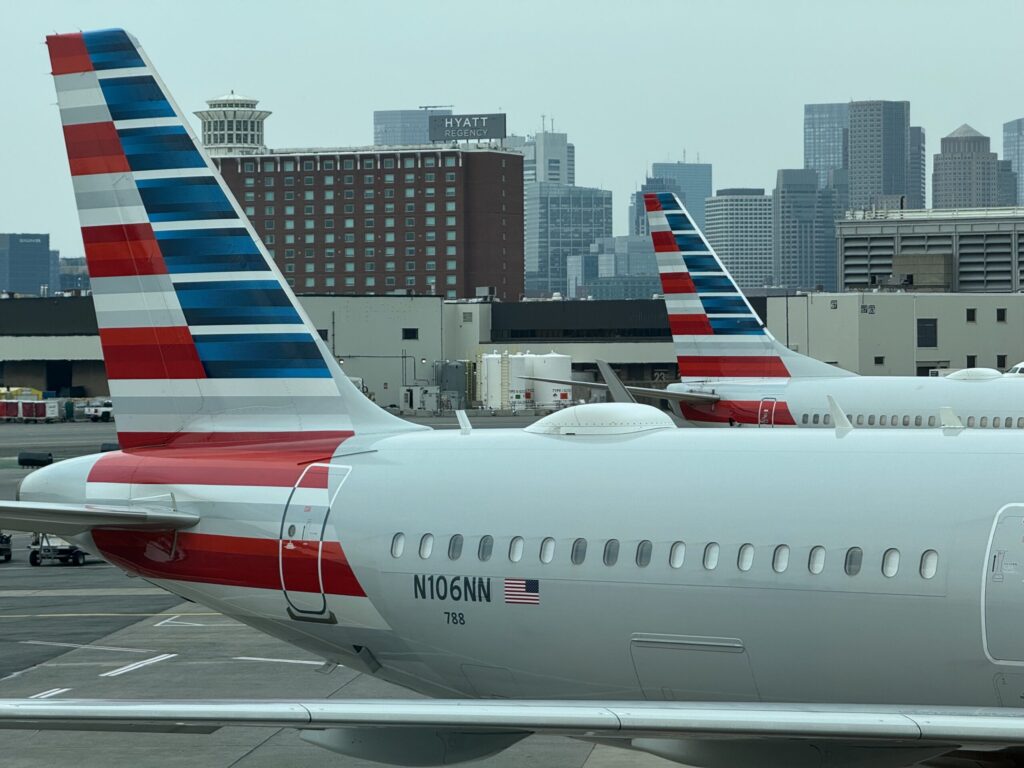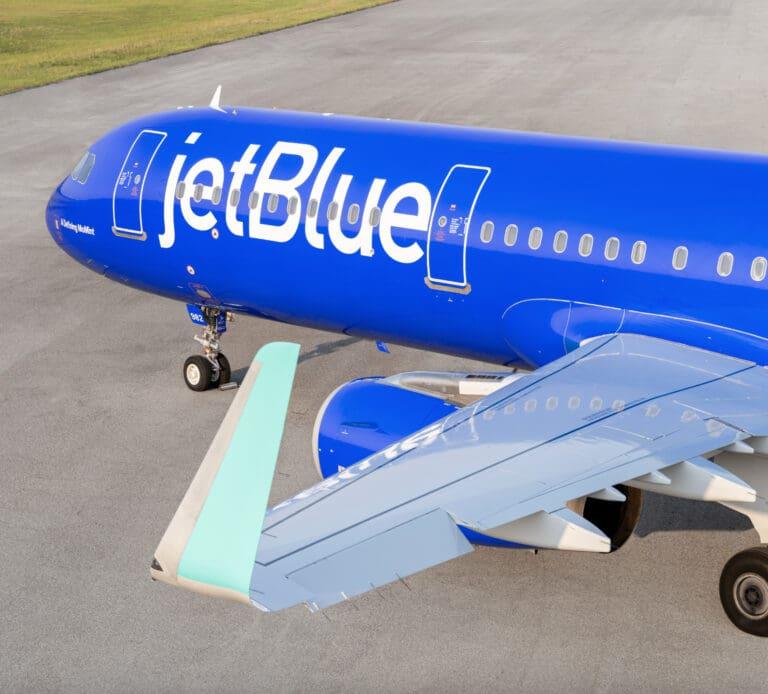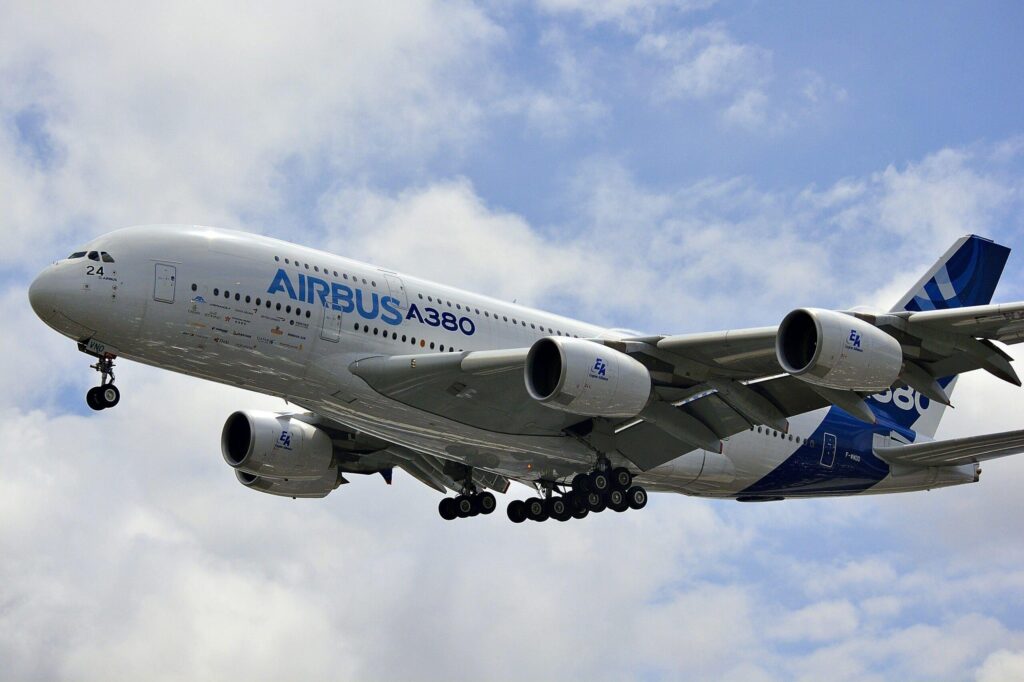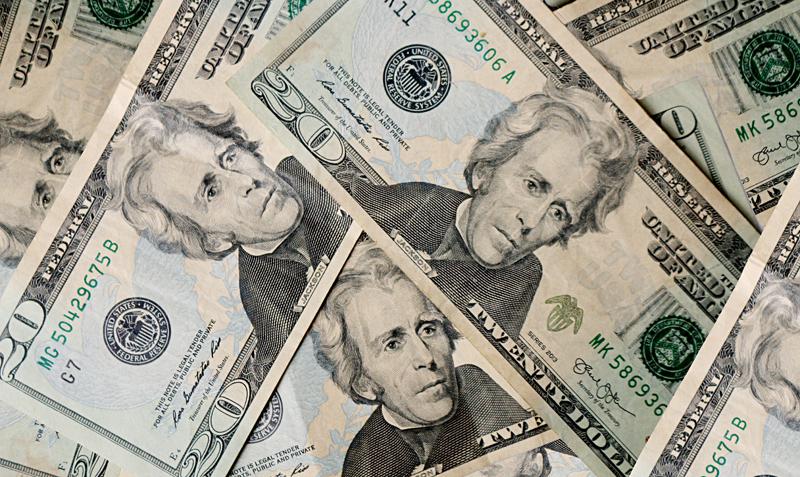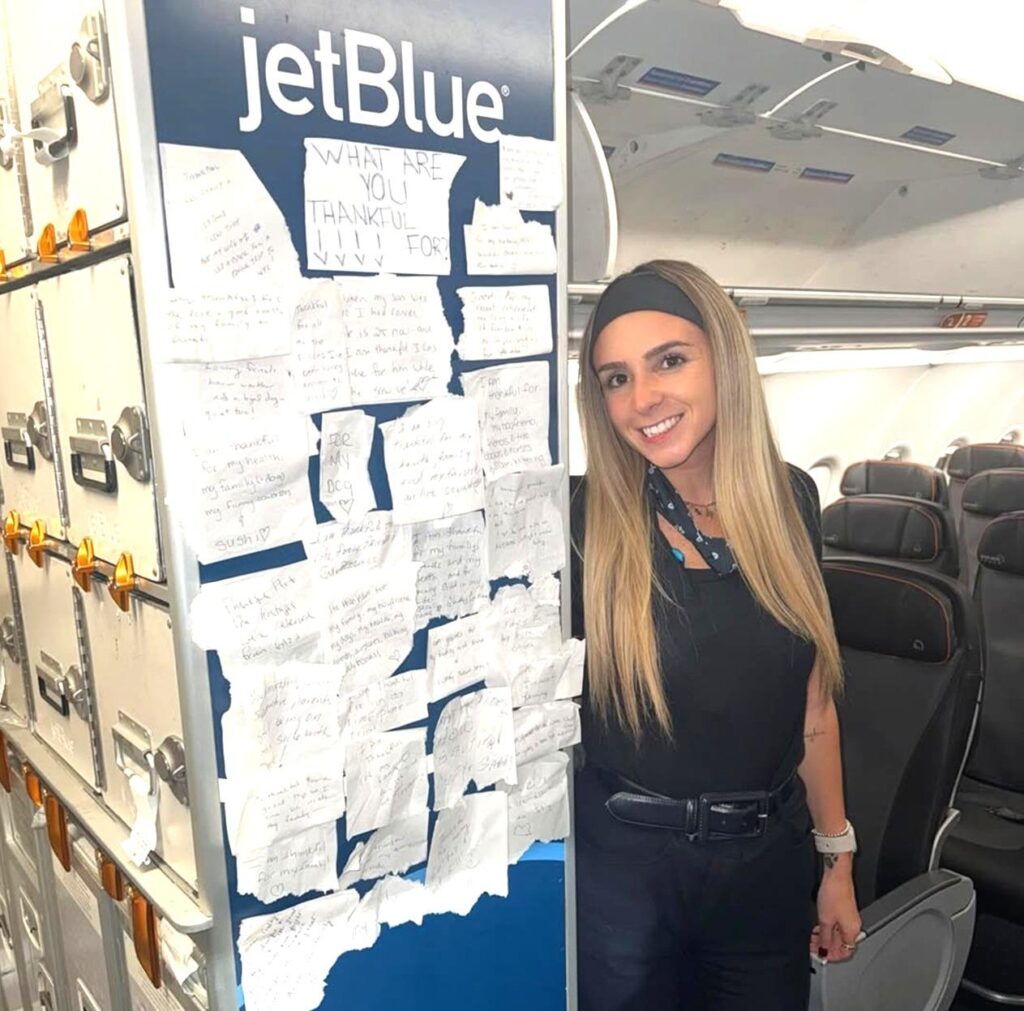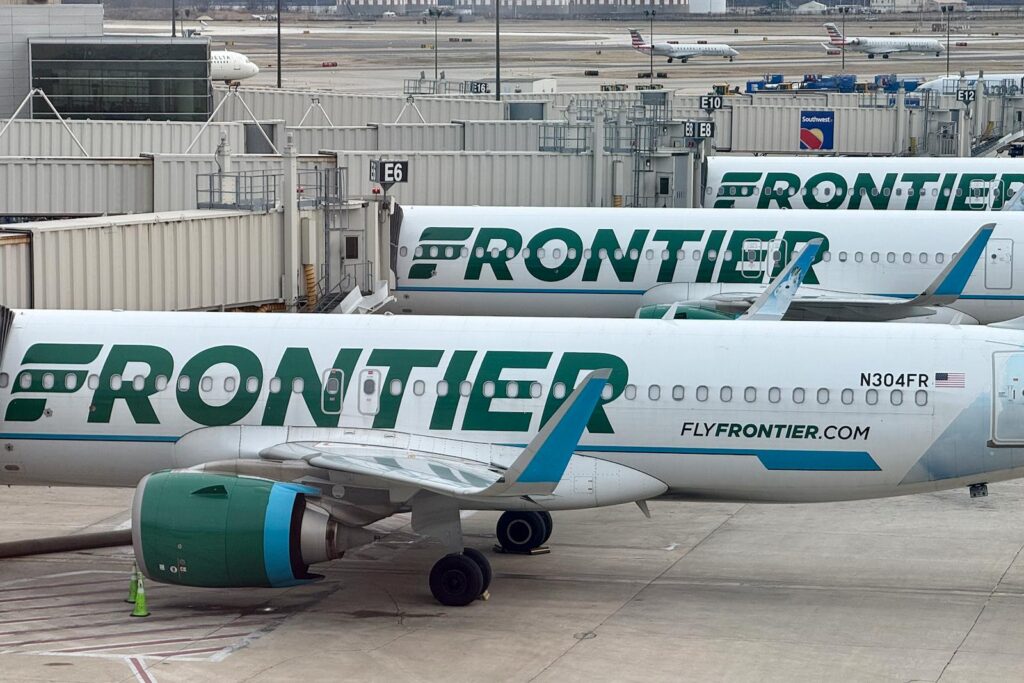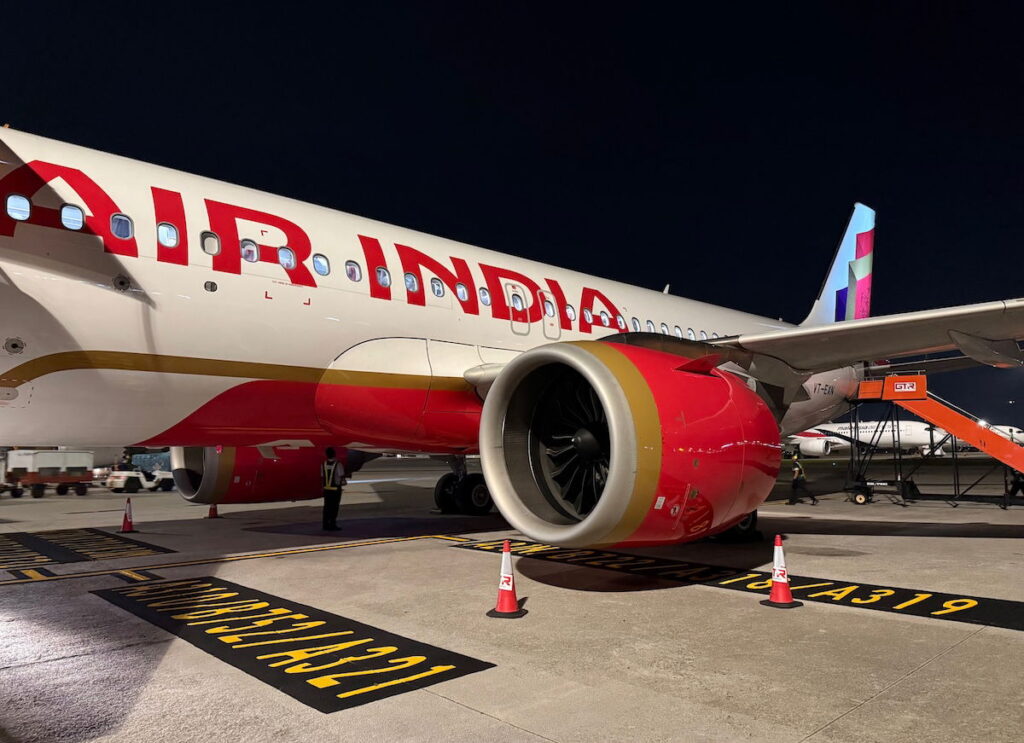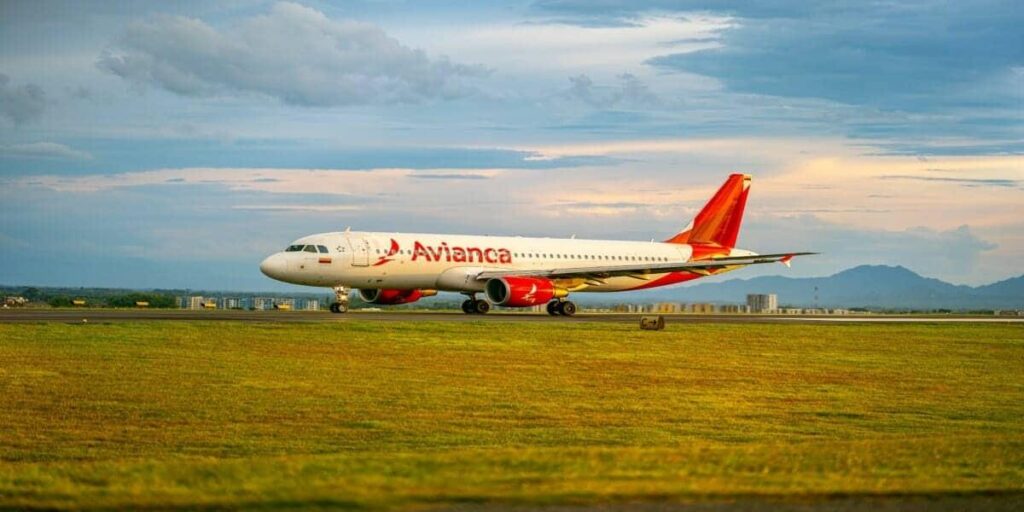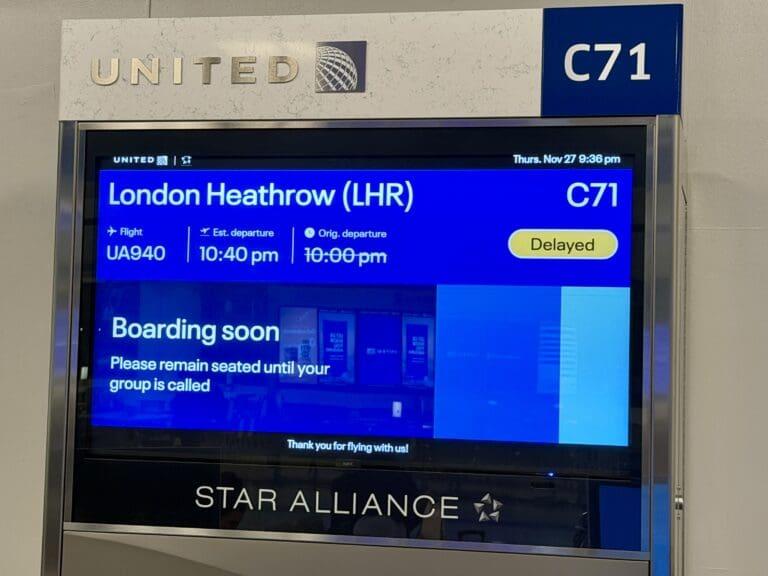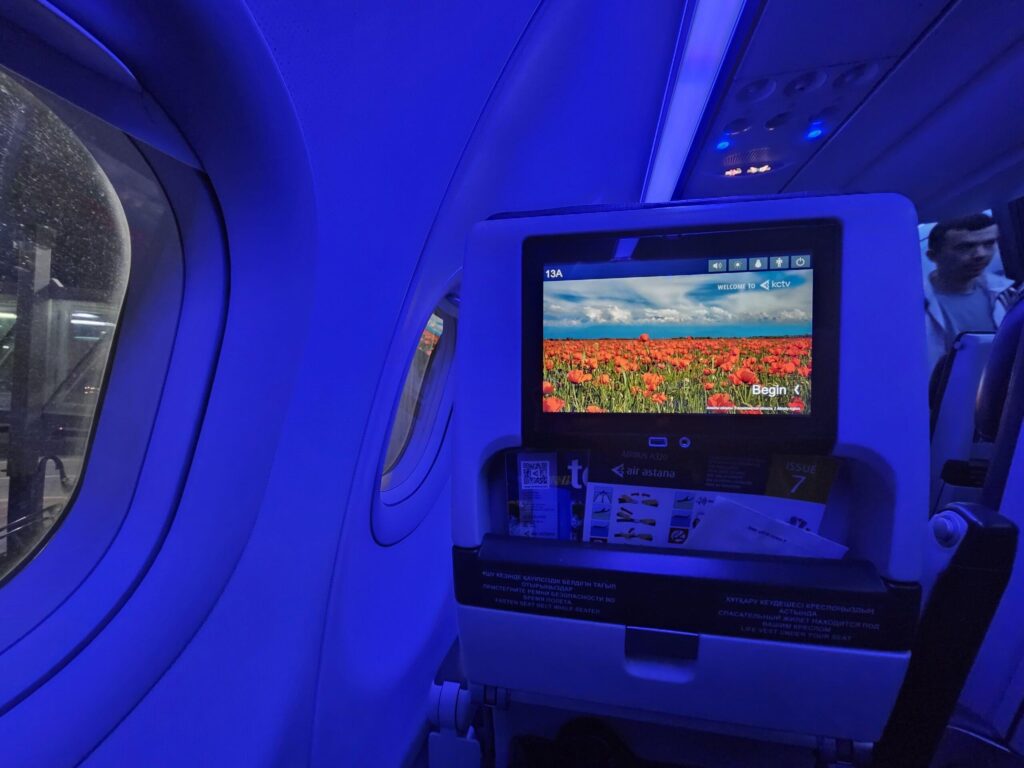
Disney World on Miles: A Budget Guide for Frequent Flyers
Walt Disney World is famous for its iconic attractions and immersive experiences, but in 2025, increasing costs can feel daunting to anyone looking to plan a trip. I’ve noticed, however, that with a bit of diligence—leveraging airline miles, timing your visit just right, and scoping out hidden discounts—you can still capture the Disney magic without breaking the bank.
1) Plan for Off-Peak Magic

In my own research, visiting Disney during off-peak times—such as mid-January through late February or September through October—has consistently proven to be the simplest and most effective way to save money. A recent study suggests that average daily ticket prices can dip by up to 20% during these shoulder seasons, helping you stretch your travel budget further. Fewer crowds at these times also mean you’ll find shorter wait times and better odds of snagging discounted event tickets.
I’ve observed that certain families organize their trips around events like Mickey’s Not-So-Scary Halloween Party or Epcot’s International Food & Wine Festival, hoping to take advantage of unique experiences and occasional promotions. Booking well in advance and remaining flexible with travel dates can unlock excellent deals. I recommend checking multiple sources, including Disney’s official site and reputable third-party sites, to compare prices and find the best offers.
According to industry data, planning five to six months ahead often secures more favorable rates on accommodations. If you’re willing to adjust your schedule around school breaks or work commitments, the savings potential grows. In my view, a little flexibility can turn the dream of a Disney visit into an attainable vacation.
2) Use Points and Miles for Flights

Airlines such as Alaska, American, Delta, Frontier, JetBlue, Southwest, and Spirit all offer loyalty programs that can drastically reduce flight expenses. In my experience, the best strategy is to concentrate on credit cards that either provide flexible rewards or align with the airline you fly most. Many sign-up bonuses are significant enough to cover round-trip tickets to Orlando or at least slash costs considerably.
Tip from my own booking attempts: sign up for newsletters from airlines and travel rewards websites. They often send targeted promotions, including limited-time offers where you can earn double or triple points. According to a 2023 industry report by the Bureau of Transportation Statistics, roughly 40% of U.S. travelers now utilize points or miles in some capacity, highlighting the mainstream acceptance of loyalty programs.
Keep in mind that flight availability can vary widely with frequent-flyer redemptions. I’ve seen prime flight times fill up quickly, so set fare alerts and be prepared to book as soon as you spot a good deal. Being flexible with your departure airport or travel dates will also improve your chances of scoring free or discounted tickets.
3) Score Affordable Accommodations

Disney resorts offer perks like early park entry and convenient on-site transportation. I once found a last-minute deal on a Value Resort and saved nearly 25% by traveling during the second week of January. These Value Resorts, such as the All-Star Movies Resort, often advertise rooms at prices that can hover around $413 for a two-night stay—competitive when you factor in resort benefits. According to Disney’s own published rates, visitors can save more by bundling rooms with park tickets.
If you crave more space or want to cut food costs, consider off-site lodging. I’ve seen families who book short-term rental homes (like Airbnbs) with full kitchens, allowing them to prepare meals and limit daily expenses. If you have Marriott points to burn, you can often secure a nearby property for significantly fewer points than a resort might require. Some travelers choose to rent Disney Vacation Club (DVC) points for an upgraded stay at a moderate price—just make sure to use reputable DVC rental agencies to avoid scams.
Lastly, don’t rule out options like Fort Wilderness camping if you own or can rent an RV. Not only can it be budget-friendly, but it also delivers a unique, outdoorsy experience right in Disney’s backyard. In my experience, mixing a little creativity with loyalty points can lead to the perfect blend of comfort and affordability.
4) Snag Disney Tickets at a Discount

Disney ticket prices vary by date and park, but I’ve discovered that even seemingly small promotions add up over multiple tickets. A single-day Magic Kingdom ticket can be around $141, yet packages through authorized Disney Travel Agents or third-party sites like Undercover Tourist may include multi-day bundles that drop the per-day rate substantially.
One key strategy I’ve employed is watching for special promotions around major holidays or off-peak windows. In some instances, booking a package through airline vacation portals—like those offered by Southwest or Delta—yields additional savings on tickets. According to data released by Disney’s own planning insight tools, locking in ticket prices well in advance can safeguard you against potential rate hikes, especially if you’re targeting a high-demand period.
In my view, the Park Hopper option can be fun if you want to pinch every last drop of Disney spirit into a short time. However, if you’re on a tight budget or traveling for a briefer visit, you can stick to one park per day to save significantly.
5) Cut Meal Costs

Meals at Disney are famously costly, and I’ve personally felt the pinch when dining exclusively on-site. A quick-serve meal for a family of four can easily approach $50–$60, and table-service restaurants can run even higher. That said, bringing your own snacks or breakfast items is a straightforward way to offset these costs.
I’ve also observed that splitting a large entrée or grabbing kids’ menu options—when allowed—helps stretch your meal budget. Keen travelers often pick hotels with kitchenettes or rent accommodations with full kitchens, prepping budget-friendly meals ahead of park visits. Something as small as taking refillable water bottles and skipping soft drinks at every meal can add up to notable savings by the end of your trip, according to a 2024 dining expenditure report by a major consumer advocacy group.
When planning your itinerary, consider alternating between dining in park restaurants one day and preparing meals in your room the next. This approach keeps your taste buds happy while giving your wallet a breather.
6) Take Advantage of Free Perks

In my explorations, resort shuttles and free entertainment offerings are often overlooked but can contribute a lot to a cost-effective trip. Disney’s transportation network, including buses, monorails, and boats, eliminates the need for rental cars—something I’ve rarely missed during Disney vacations. According to Disney’s official resources, these services run frequently, making it easier to hop between resorts and parks.
Disney Springs serves up vibrant nightlife, live music, and plenty of opportunities for people-watching without requiring a park pass. Similarly, the picturesque boardwalk areas provide a taste of Disney magic at no extra charge. I appreciate these free perks because they allow for downtime between park days without straining the budget.
Keep an eye out for complimentary activities like poolside movies at certain resorts or extra entertainment events that are occasionally offered during slower seasons. These free treats can round out your Disney experience with a delightful sense of discovery.
7) Consider a Disney Travel Agent

I’ve chatted with many people who found their Disney travel agent’s expertise invaluable—especially when it comes to securing last-minute discounts or applying promotions retroactively to a booked trip. Authorized Disney Travel Agents can alert you to special offers the moment they’re released, and, in most cases, their planning services are free for travelers.
In my opinion, the real bonus lies in the time you’ll save. Instead of scouring countless websites, your agent can handle the research, phone calls, and itinerary juggling for you. There’s also a level of trustworthiness here: legitimate agents hold official certifications and demonstrate thorough knowledge of Disney’s policies and procedures.
If you’re traveling with a large group and coordinating multiple plans, a seasoned agent can offer a personalized approach, sorting through the myriad hotel options, ticket combinations, and dining reservations. It’s a stress reliever that often translates into real financial value, particularly if you’re new to the ins and outs of Disney planning.
Final Thoughts

Ultimately, a Disney World getaway doesn’t have to mean an endless splurge, even in 2025. By leaning on airline miles, off-peak schedules, and creative strategies for lodging and dining, you can make your trip feel lavish without straining your wallet. Simple ideas—like prepping your own meals, capitalizing on special deals, and embracing free in-resort activities—can elevate the overall experience without weighing down the budget.
From my observations, the earlier you start planning, the better your odds of nailing the right mix of big savings and memorable moments. It’s also much easier to adapt your itinerary or reshape your goals when each piece of the puzzle—flights, hotel rates, ticket deals—comes into focus well in advance.
Never underestimate the value of flexibility. If you keep your date range open, you’re more likely to score the price drops and off-peak packages that let you relish all the attractions, shows, parades, and Disney magic on your own terms.
Sky Skylar’s Take
Looking back at the data and hearing so many travelers’ stories, it’s clear that even a place as grand as Disney World can be navigated affordably. I’ve found that mixing the thrill of technology—like advanced planning apps and loyalty programs—with timeless strategies of saving and smart budgeting can reshape our notion of vacationing on a dime.
Every traveler’s situation is unique, but by digging deep into promotions and harnessing those downloadable miles or points, you’ll open the door to a world of fun at a fraction of the usual cost.




